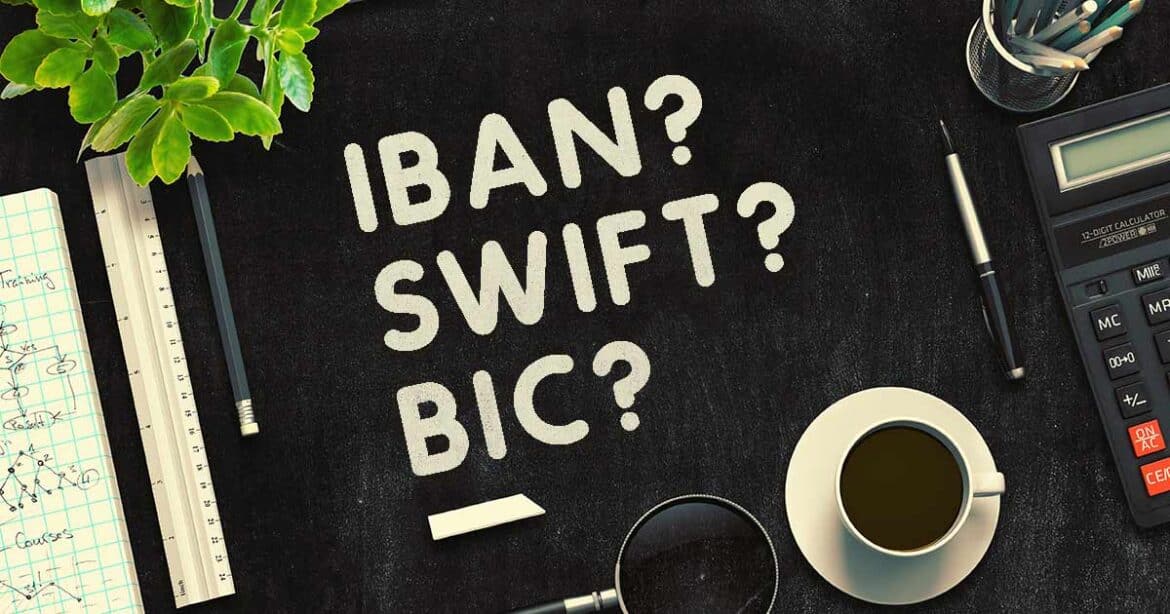1.9K
Depending on which bank you use, you must provide certain information to identify the recipient’s account. In addition to the recipient’s name, certain bank codes are also needed to find the right account. We explain what is behind the abbreviations SWIFT, IBAN and BIC.
SWIFT – a concentrated financial power
Society for Worldwide Interbank Financial Telecommunication: This exciting name is hidden behind the simple abbreviation SWIFT. And as extensive as the name is, so is the range of tasks behind it.
- SWIFT is the name for the entire system that enables the exchange of messages between banks via the SWIFT telecommunications network. BIC is the code used for this – the so-called “Bank Identifier Code”. Both terms are often used synonymously for the code, or the whole system. In practice, however, SWIFT is the overarching organisation that controls the use of BICs.
- SWIFT was founded in 1973 and has its headquarters in La Hulpe in Belgium. The Society for Worldwide Interbank Financial Telecommunication is backed by an international association of financial institutions.
- Today, nearly 10,000 SWIFT institutional members send about 24 million messages over the network every day.
- BIC stands for Bank Identifier Code, also known as SWIFT code. BIC or SWIFT codes are identification codes that can be used to locate and authenticate bank branches and financial institutions worldwide. In other words, BIC codes tell you exactly where you are transferring your money to.
- Your BIC is assigned to you by SWIFT. It makes fast electronic banking transactions possible worldwide. For domestic transactions, the IBAN is sufficient.
- Nowadays we use the BIC and IBAN for all transfers and direct debits. In an extra practical tip, we explain how to determine the IBAN and BIC online.
- A SWIFT code usually consists of eight or 11 characters – mostly eight letters and three digits. The SWIFT/BIC code format is actually a combination of four different pieces of information: An institution code (which usually identifies a bank), a country code, a city or town code and a branch code.
- International Bank Account Number: This is the worldwide standard number for current accounts. It was developed to standardise and simplify payment transaction systems between different countries. Since 1 February 2016, the IBAN has replaced account numbers for transfers.
- An IBAN is required for payments to and from abroad. With the introduction of the SEPA system, it has also been required for domestic payments since 2016. Since then, the IBAN has been mandatory on every bank transfer slip.
BIC – the new bank code
IBAN – the short name for your new account number
-
The IBAN consists of 22 digits and always the same components:
- A country code (DE for Germany), the two-digit IBAN check digit, which can be used to determine whether there are any number errors in the information (prevention of incorrect transfers). These two components are defined internationally. These are followed by the nationally defined components for the IBAN, the bank sort code and account number. How many digits the IBAN may have is prescribed by definition.
- Whoever opens an account with a bank in Germany is automatically given an IBAN and a BIC of the bank or credit institution. You can find the assigned data on your bank card, in account statements or in online banking.
